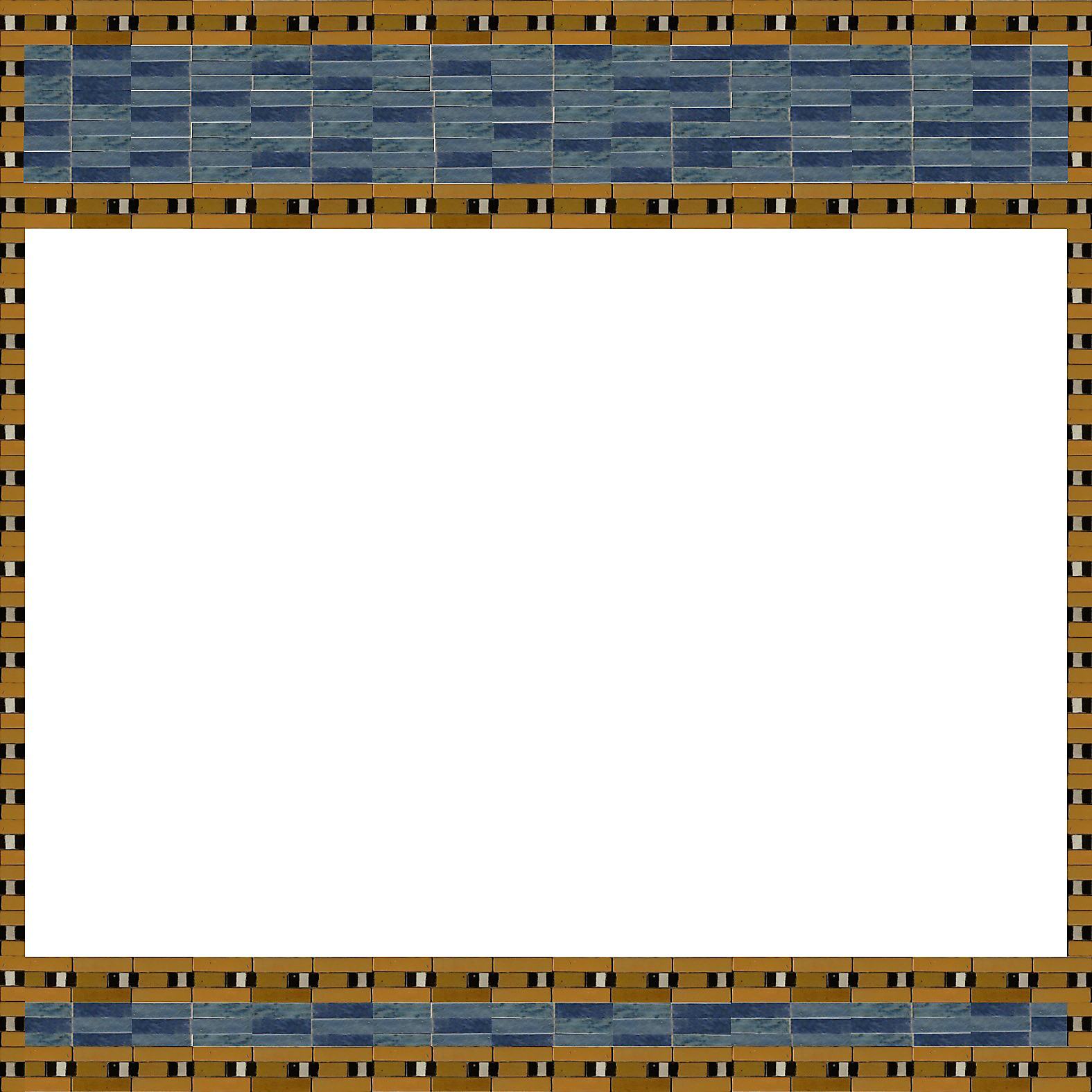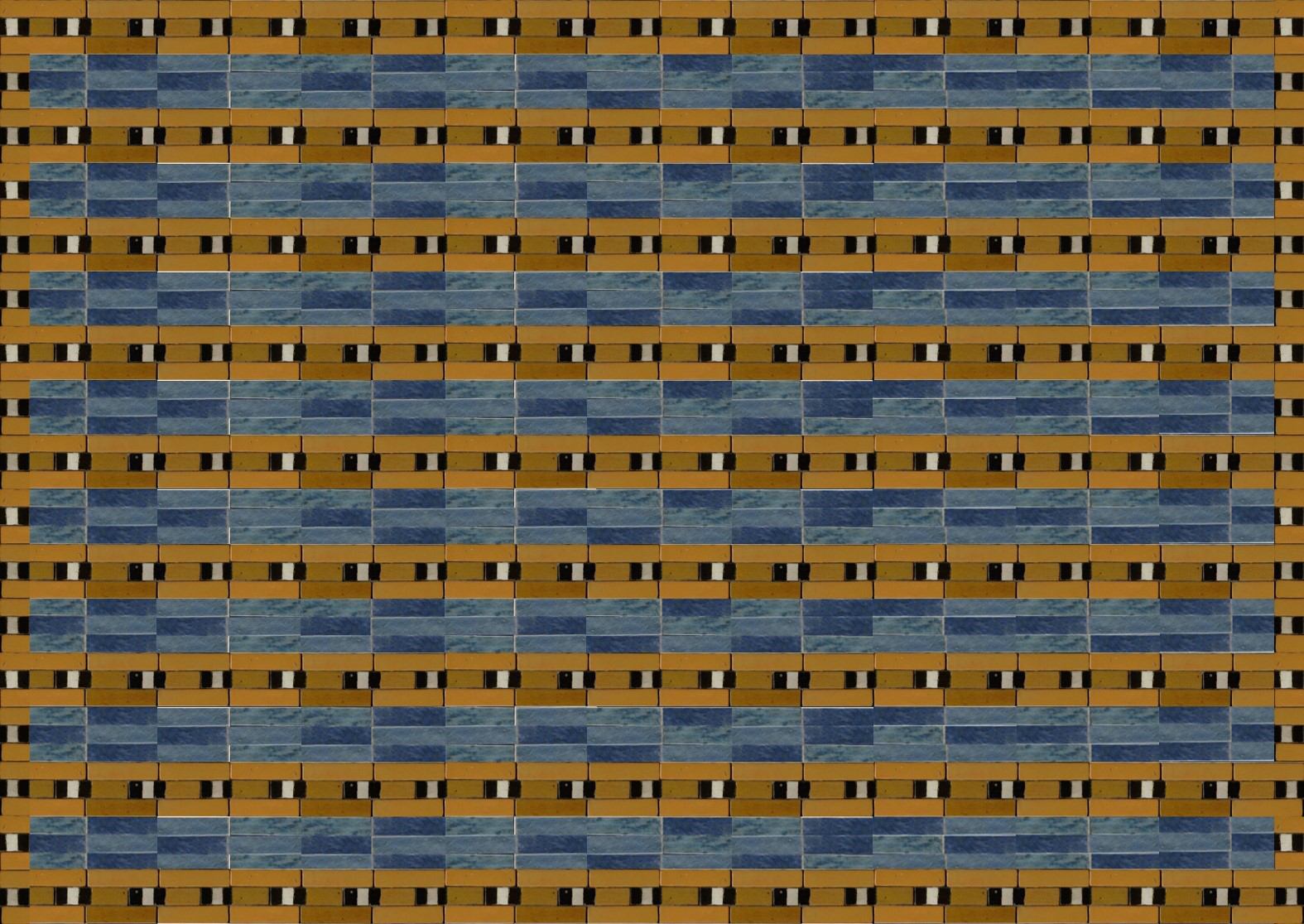Into the Hanging Gardens - A Pianist's Exploration of Arnold Schönberg's Opus 15
Return to Contents Bibliography
This project grew out of the need I perceived to broaden my expertise as an artist. I am a pianist with a particular interest in Lieder and regard the collaboration with singers as my primary artistic activity. My fascination with Lieder dates to my first practical encounter with the genre during my conservatory training. I am intrigued by the interaction of music and poetry and find music with a text or a programme easier to relate to and “make mine” than absolute music. Another reason for my fascination with the genre is the intimate collaboration with another musical “instrument”. As Doğantan-Dack points out, each performer has a slightly different perspective on music: “Performers do not think merely in and through sound, but in and through the instrument-cum-sound.”1 I also enjoy the social aspect of playing with singers, but the main driving force for my interest in collaboration is that it allows me to experience music almost through another viewpoint, seemingly independent from the physicality of piano playing.
Through my conservatory training, my work as an accompanist at the University of Stavanger and the collaboration with professional singers, I have become familiar with much of the canonic repertoire of German Lieder. Although I have played both solo, chamber and Lieder repertoire from the twentieth century, I am more familiar with Lieder from the nineteenth century. Gerald Moore pointed out that “[t]he work of the accompanist is one of the most varied in all music.”2 And Katz argues similarly: “Collaborators are certainly the most versatile of all musicians”.3 I sensed the need to feel equally “at home” with Lieder that were just outside the core repertoire and my comfort zone and decided to study Lieder of the early twentieth century, a period that I found fascinating due to the richness and variety of Lieder, a genre that was immensely popular at the time.4 I decided to focus the project on Arnold Schönberg’s “Das Buch der hängenden Gärten”, Opus 15, the most prominent song cycle of the time. Prior to this project, I had virtually no practical experience with Schönberg’s music. I had only played a small selection of his early Lieder Opp. 2 and 3. When I started this project in October 2014, these Lieder appeared to me quite different from Opus 15, which is one of the first “atonal” works Schönberg composed.
In 1912, a critic wrote about Arnold Schönberg’s “Das Buch der hängenden Gärten”, Opus 15 after the first public performance in Berlin: “One must completely divorce oneself from the definition of a Lied in these twelve [sic] pieces. It is a sung declamation to which the piano now and then throws in a few single sounds, or suddenly without apparent reason a flashing figure, a raging, passionate outbreak of a few seconds. I can follow the declamation, I see in it some choice nuances, even though just as often it hovers without convincing expression. The role of the accompanying piano is incomprehensible to me. It neither carries out some sort of pure musical meaningful motif, nor does it use the opportunity to create mood, nor does it support the vocal line, nor does it imitate symphonic sound. Without sense or thought – always considering my humble brains – it interrupts suddenly with thorn rhapsodic fragments out of context, disappears just as quickly, behaves like a madman and stumbles in like a naïve child ten seconds later.”5 Although few would agree with this critic’s review today, the pianist’s role in Schönberg's Opus 15 is still relatively unexplored. This composition, which could be considered the most important song cycle in the 20th century, is rarely performed compared to Lieder from the 19th century. Existing literature on the work does not consider the pianist’s perspective, although Kerrigan explored the cycle from the singer’s perspective.6 This suggests that my artistic research project “The Voice of the Piano” can contribute to new knowledge. The goal of this project was to explore the cycle as a pianist and to articulate performer’s knowledge related to it.
According to Borgdorff, art practice can qualify as artistic research “if its purpose is to expand our knowledge and understanding by conducting an original investigation in and through art objects and creative processes”7 and thus reaches beyond personal artistic development. He further points out that researchers should employ appropriate methods to “reveal and articulate the tacit knowledge that is situated and embodied in specific artworks and artistic processes.”8 Although initiated by a quest for personal artistic development, my exploration of Opus 15 had the purpose to shine a “side light”9 on Schönberg’s cycle, to reveal the pianist’s possible roles in it and to let a Norwegian audience experience repertoire that is little performed today.
On the background of my personal artistic perspective, several research questions emerged:
- Does Schönberg’s new musical language of Opus 15 force me to “remake” myself as an accompanist or can I rely on the skills and competencies I employ in earlier repertoire?
- Is there a particular “performative feel” to this repertoire related to either the poet or the composer?
- Can I and should I approach Opus 15 through the text and transfer my practice of “playing the words” to this repertoire?
To interrogate these questions, I used several methods that were either part of my normal artistic practice or specifically designed for this project. In contrast to my regular work as an accompanist, I spent a lot of time on my study of Opus 15 to completely immerse myself in it. I started with an intense study of the material by analysing the different layers of the poetry and carefully examining the score. I worked on my instrument, alone and together with the singer, exploring musical parameters like tone colour, dynamics, articulation, phrasing and tempo. I informed my playing with the study of research and practice related to my project, such as writings on and by the composer, literature related to performance practice and recordings. I reflected on my practice through a close examination of my artistic ideas and their practical realisation, also with the help of recordings of rehearsals and performances. I asked the audience for feedback after my first concert to gain an understanding of what kind of ideas I was able to communicate to them and experimented with different concert settings and locations. Repeated performances helped me deepen my understanding of Opus 15. Most importantly, I studied Opus 15 in different contextualisations. I opposed the cycle with other Lieder with texts by Stefan George, other Lieder by Schönberg and other Lieder composed in 1908 and 1909. Initially, I had thought of these contexts as focus points for a more theoretical study that should inform my playing and as frames for the audience’s experience of Opus 15 in the project’s concert. I realised, however, that each of the contexts also had a specific effect on my practice, both during the preparational work and the performances.
This exposition traces my artistic process towards the final concert. I elaborate on each of the contextualisations and turning points. Although the artistic process was not straightforward as I often revisited ideas at later stages of the project and my preparation of each concert was not as one-sided as the contextualisation would suggest, the way the exposition is structured gives an approximate understanding of the chronological order of the project’s focus and turning points. Although I relied on notes I took during the project, these reflections are coloured by my current understanding of Opus 15 and my role as an artist.
Continue →

